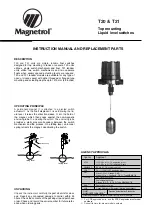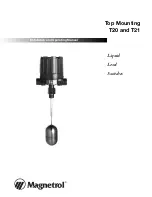
Introduction
1.5.2 High Availability Seamless Redundancy
6
IED
7
Receiving IED
Figure 1.2
PRP Network Design
Note
PRP expands the Ethernet frame by 6 octets due to RCT (Redundancy Check Trailer).
Generation of PRP supervision frames also consumes bandwidth. As a result, the
network designer should keep in mind the overhead introduced by the PRP network
when calculating the network capacity.
1.5.2
High Availability Seamless Redundancy
The basic principle behind High-availability Seamless Redundancy (HSR) is the
replication of frames over both sides of the HRS ring. The following illustrates a
typical HSR network:
3
2
1
5
4
2
2
2
1
Sending IED
2
RUGGEDCOM RS950G
3
RUGGEDCOM RS900
4
IED
5
Receiving IED
Figure 1.3
HSR Network Design
All of the network nodes inside an HSR ring must be HSR-capable. HSR-unaware
nodes can be attached to the HSR ring through the use of a RedBox (Redundancy
Box). Compared to PRP, HSR only demands approximately half of the network
infrastructure. However, network bandwidth on an HSR ring is approximately halved
compared with a network ring based on RSTP technology.
RUGGEDCOM RS950G
Installation Manual, 01/2021, C79000-G8976-1037-06
5















































